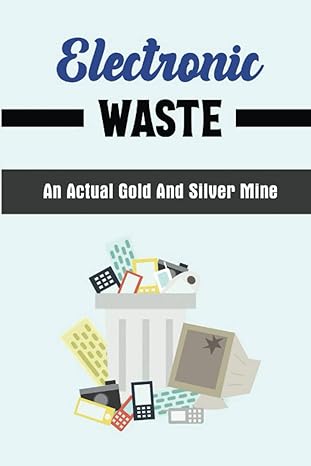Question
Suppose the interest rate is 4.4 %. a. Having $ 650 today is equivalent to having what amount in one year? b. Having $ 650
Suppose the interest rate is 4.4 %.
a. Having $ 650 today is equivalent to having what amount in one year?
b. Having $ 650 in one year is equivalent to having what amount today?
c. Which would you prefer, $ 650 today or $ 650 in one year? Does your answer depend on when you need the money? Why or why not?
a. Having $ 650 today is equivalent to having what amount in one year?
It is equivalent to $
nothing. (Round to the nearest cent.)
b. Having $ 650 in one year is equivalent to having what amount today?
It is equivalent to $
nothing. (Round to the nearest cent.)
c. Which would you prefer, $ 650 today or $ 650 in one year? Does your answer depend on when you need the money? Why or why not?
"Because money today is worth more than money in the future, $ 650 today is preferred to $ 650 in one year. This answer is correct even if you don't need the money today, because by investing the $ 650 you receive today at the current interest rate, you will have more than $ 650 in one year."
Is the above statement true or false?
True
False
What is the present value of $ 1,000 paid at the end of each of the next 69 years if the interest rate is 7 % per year?
The present value is $ (Round to the nearest cent.)
You want to endow a scholarship that will pay $ 6,000 per year forever, starting one year from now. If the school's endowment discount rate is 6 %, what amount must you donate to endow the scholarship?
The amount you must donate is $ . (Round to the nearest cent.)
Step by Step Solution
There are 3 Steps involved in it
Step: 1

Get Instant Access to Expert-Tailored Solutions
See step-by-step solutions with expert insights and AI powered tools for academic success
Step: 2

Step: 3

Ace Your Homework with AI
Get the answers you need in no time with our AI-driven, step-by-step assistance
Get Started


